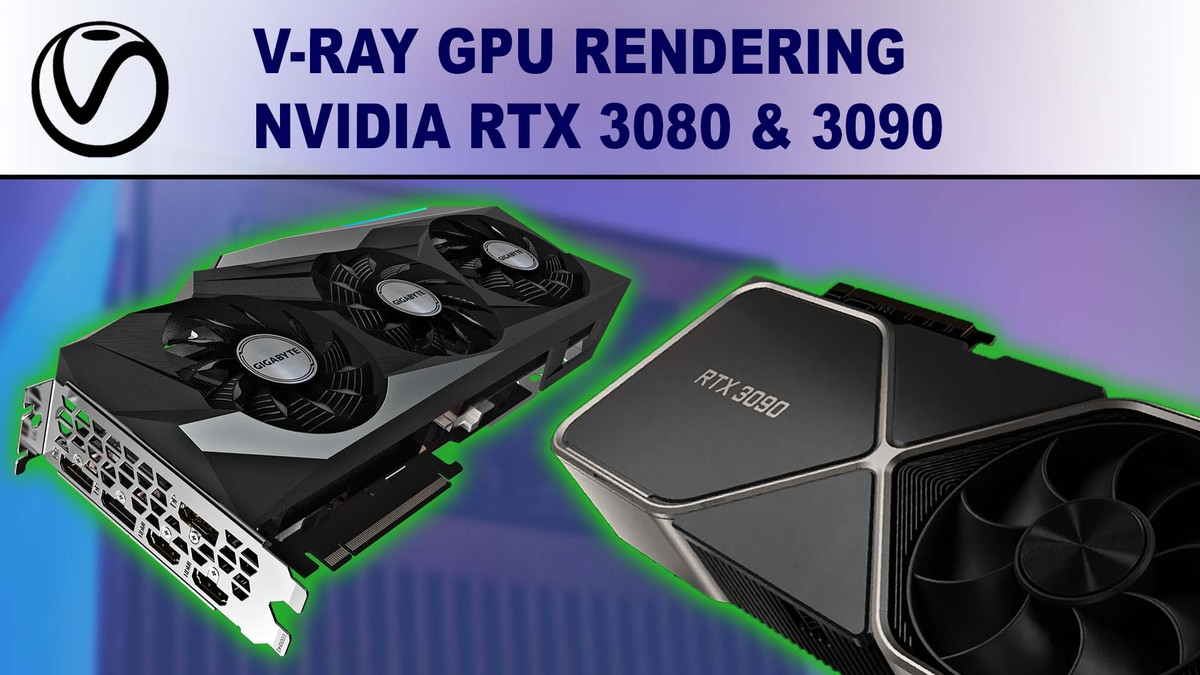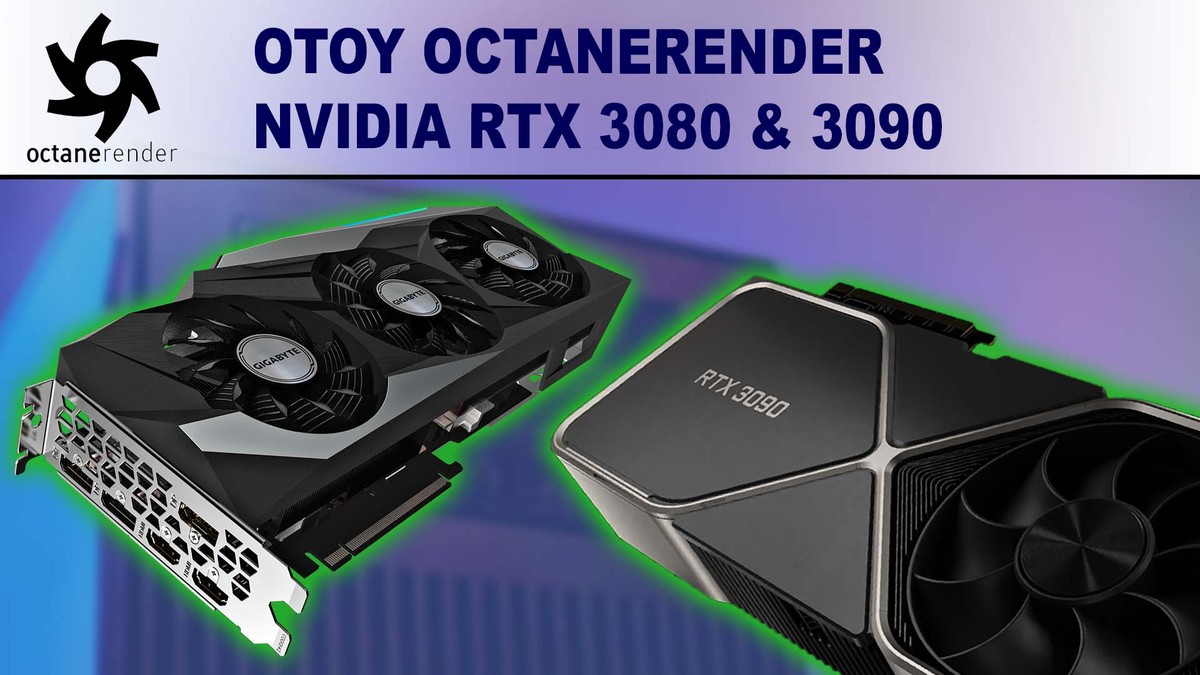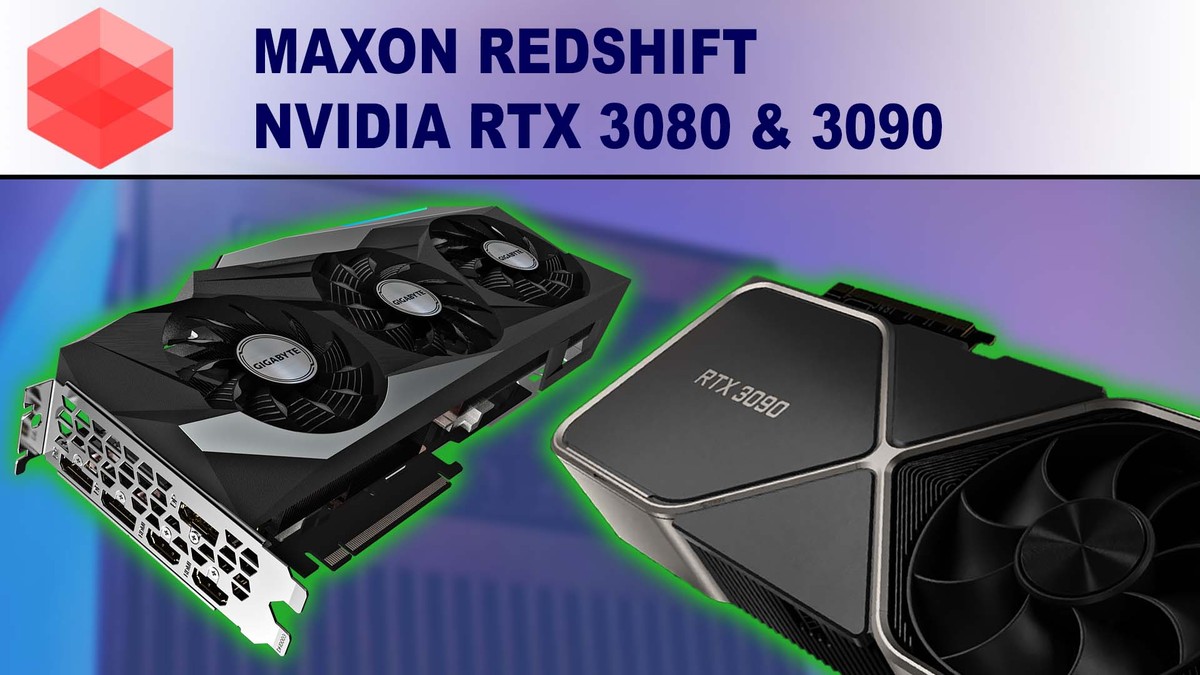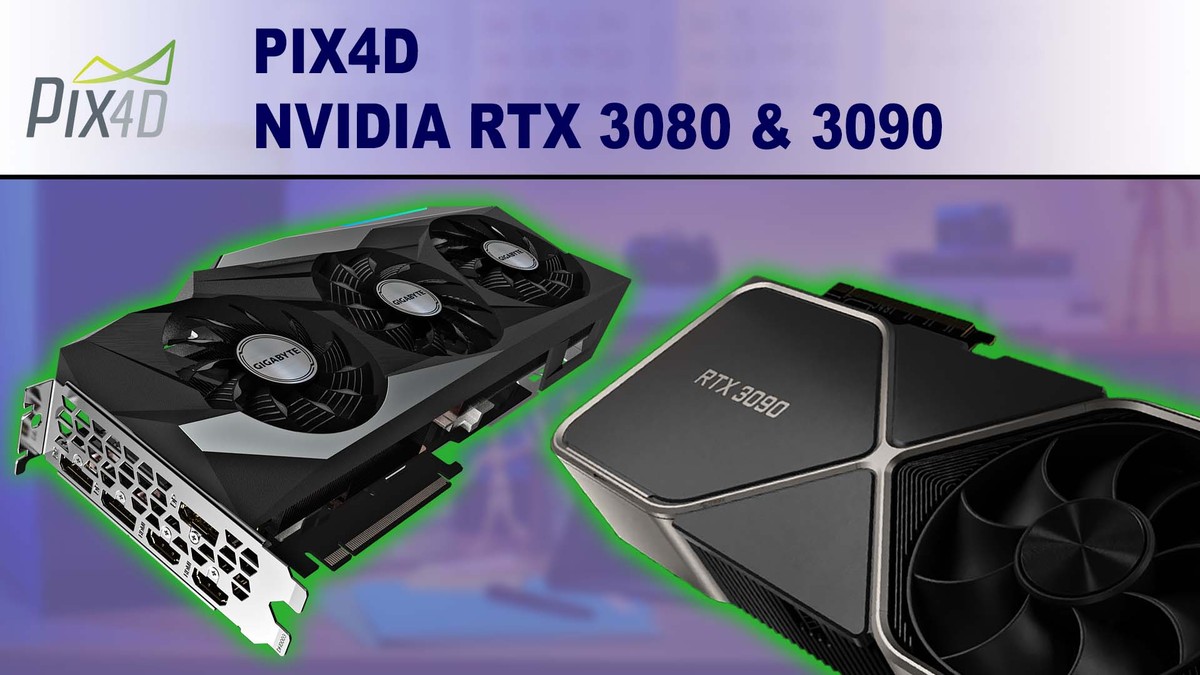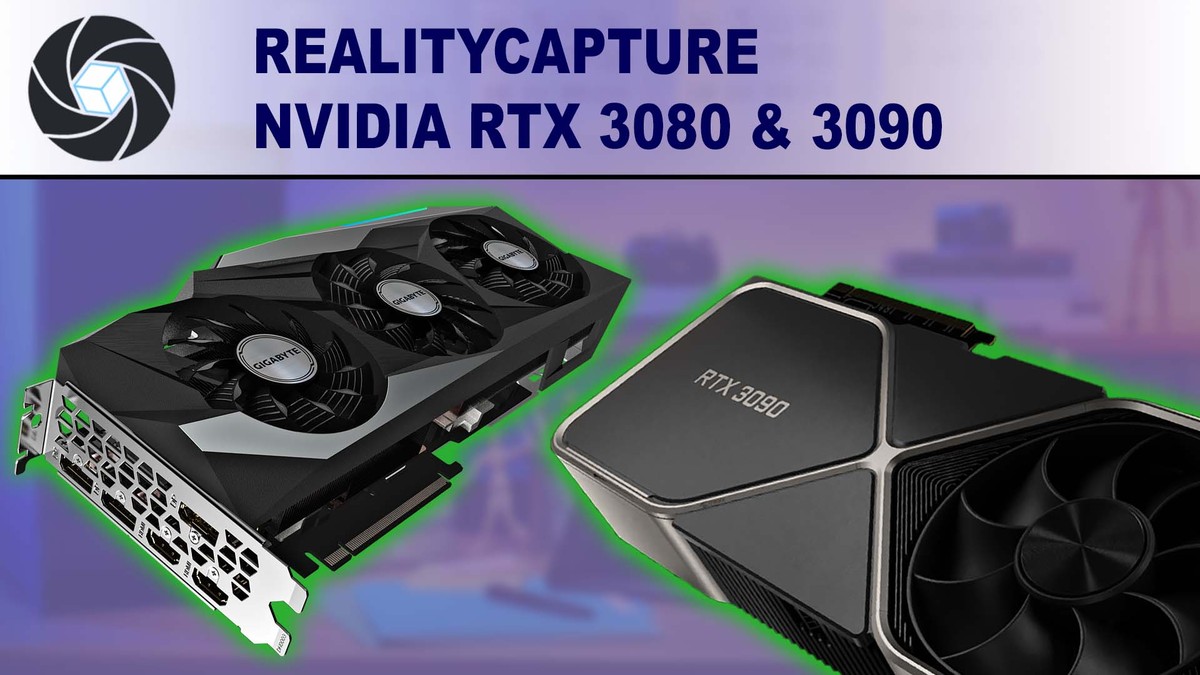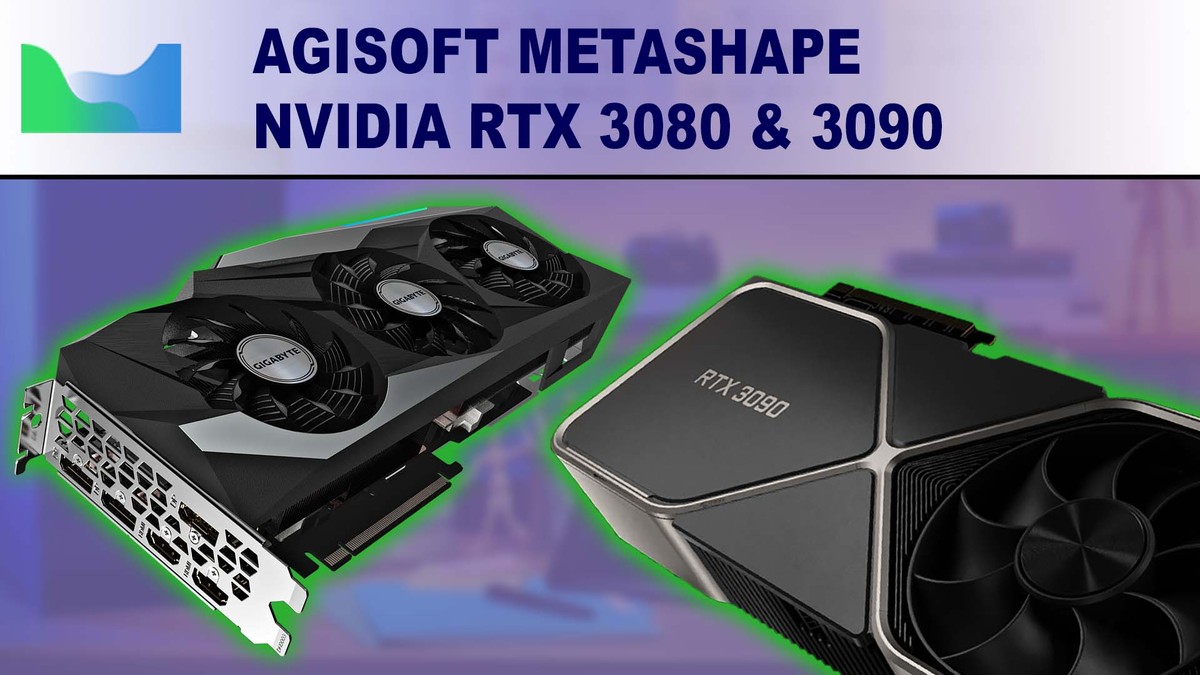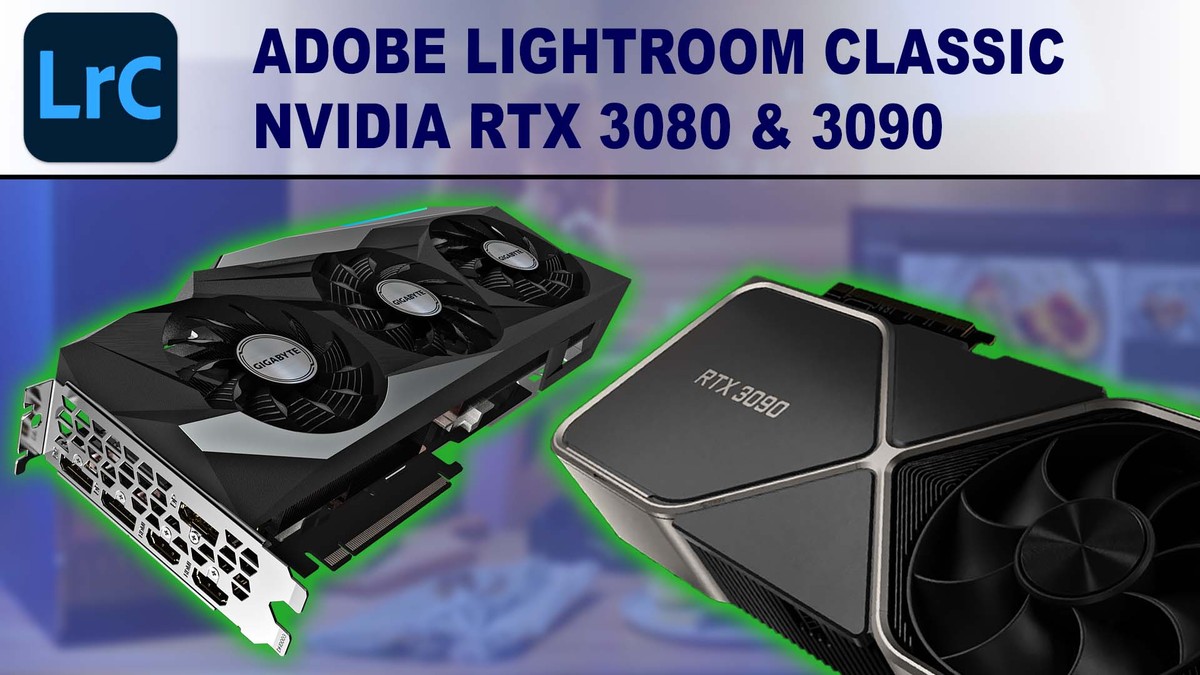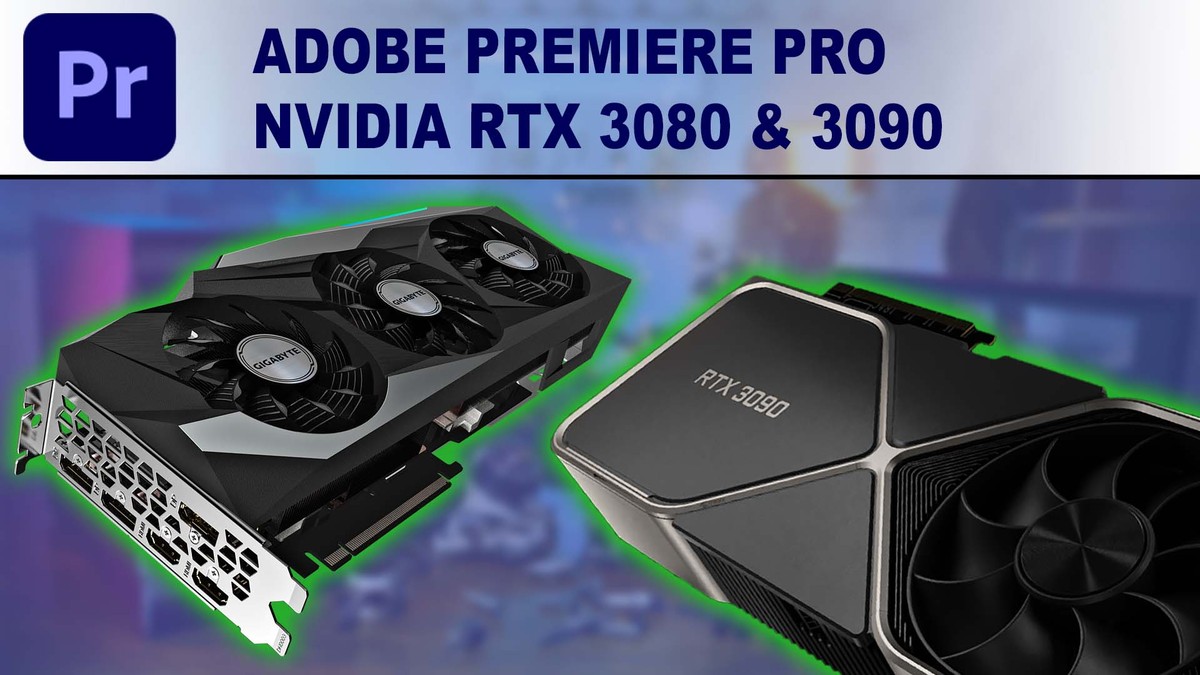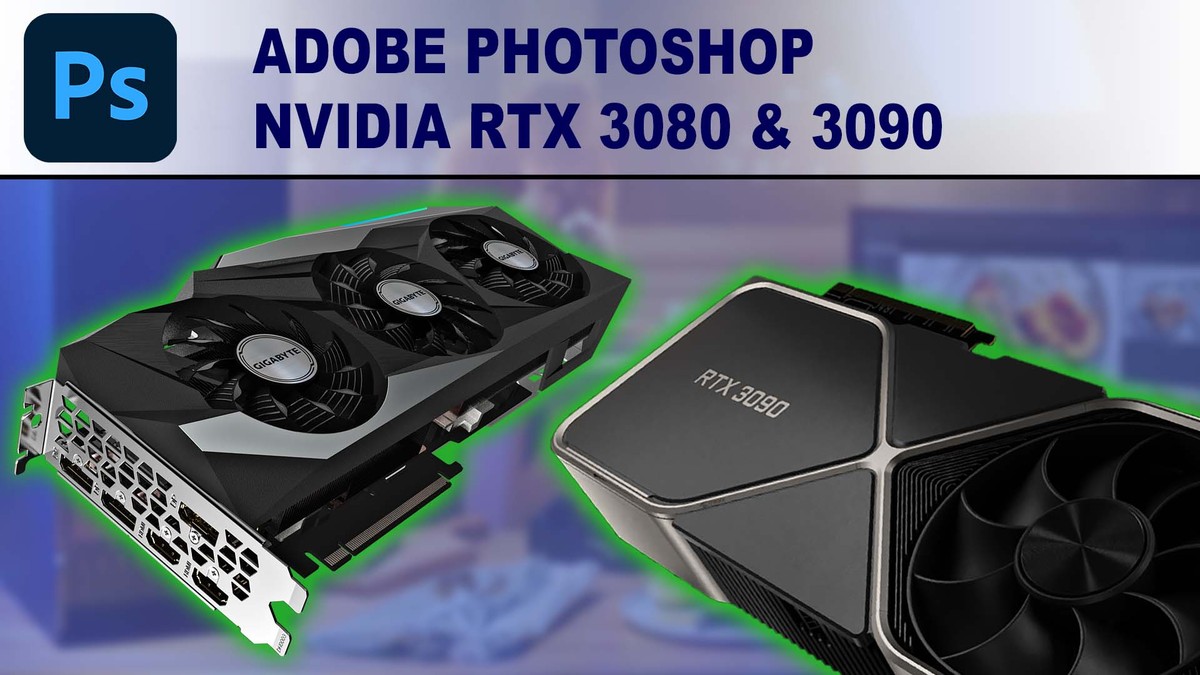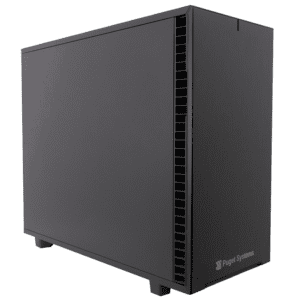NVIDIA’s GeForce RTX 30 Series cards are here, with NVIDIA boasting significant performance gains over the previous generation. The RTX 3080 launched last week, and now with the RTX 3090 released today we can compare these models to each other as well as the older 20 Series to see how they stack up in GPU based rendering engines like Chaos Group’s V-Ray & V-Ray Next.
